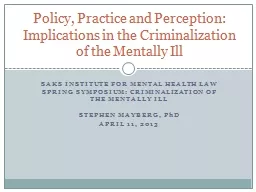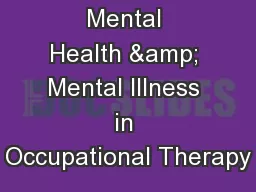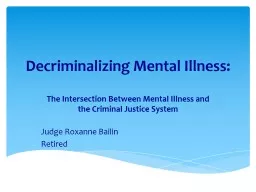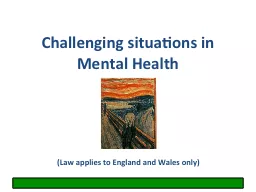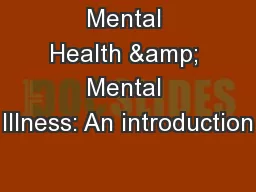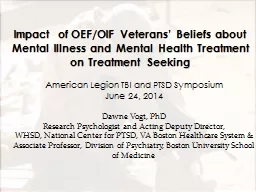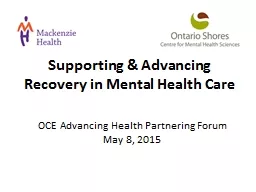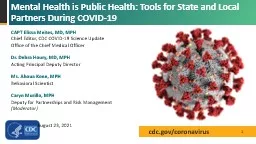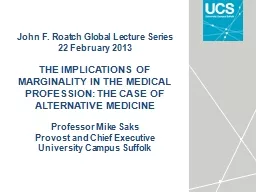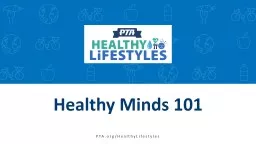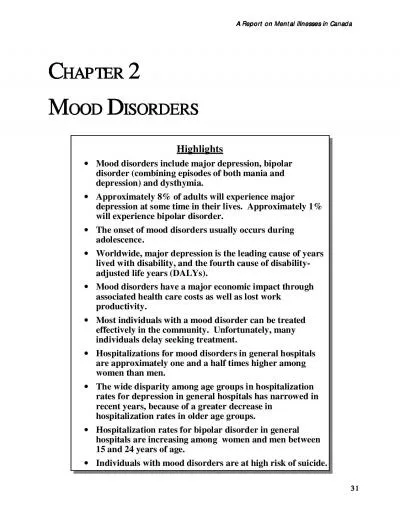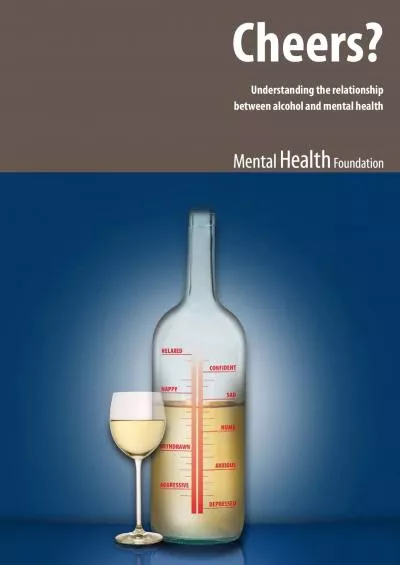PPT-SAKS Institute for Mental health law
Author : sherrill-nordquist | Published Date : 2016-05-30
Spring symposium criminalization of the mentally ill Stephen mayberg P h D April 11 2013 Policy Practice and Perception Implications in the Criminalization of the
Presentation Embed Code
Download Presentation
Download Presentation The PPT/PDF document "SAKS Institute for Mental health law" is the property of its rightful owner. Permission is granted to download and print the materials on this website for personal, non-commercial use only, and to display it on your personal computer provided you do not modify the materials and that you retain all copyright notices contained in the materials. By downloading content from our website, you accept the terms of this agreement.
SAKS Institute for Mental health law: Transcript
Download Rules Of Document
"SAKS Institute for Mental health law"The content belongs to its owner. You may download and print it for personal use, without modification, and keep all copyright notices. By downloading, you agree to these terms.
Related Documents

